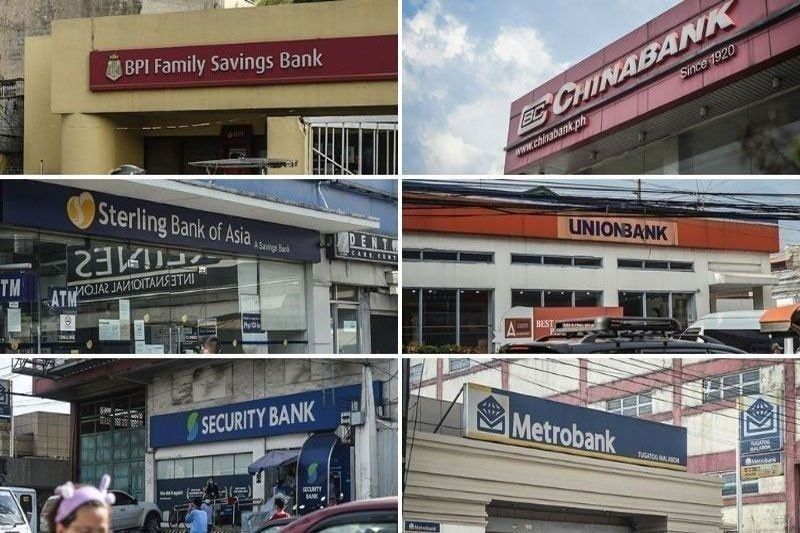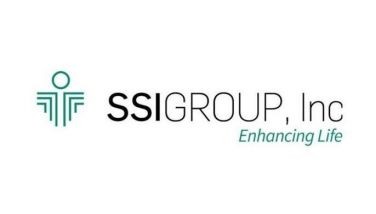‘High household debt risky for Philippines banks’

MANILA, Philippines — Banks in the Philippines are facing moderate risk from household debts given the still huge proportion of underserved Filipinos from formal financial institutions, even as interest rates were the steepest in the country, a global credit watcher said.
In a report, Moody’s said overall risk to the banking sector is moderate in terms of household debt in the Philippines compared to Thailand and Vietnam, which face high risks.
In major Southeast Asian economies, the Philippines shares a moderate risk assessment with Indonesia and Malaysia.
Moody’s said banks in the Philippines face a moderate level of risk given that households are not highly leveraged and the stable operating environment of these banking systems will support overall asset quality.
“Household leverage remained low in the Philippines, given its higher proportion of underserved and unserved populations by formal financial institutions,” Moody’s said.
While household debt in the country has grown, this is coming from a low base and remains below regional counterparts.
Nonetheless, household debt in the country is still growing faster at around nine percent than overall gross domestic product (GDP) expansion at 6.5 percent.
“We expect household debt growth will continue to outpace GDP growth over the medium term across most Southeast Asian economies, as credit demand improves in tandem with the normalization of interest rates and stronger economic growth across the region,” Moody’s said.
The debt watcher emphasized that improving financial inclusion was also a key driver of the higher household debt growth in the Philippines as digitalization of banking services and use of mobile banking applications are essential for servicing customers in rural areas, who may not have easy access to physical bank branches.
Another risk factor that Moody’s looked at is the high interest rate environment in the region, which is expected to take time to moderate.
Specifically, policy rate hikes were steepest in the Philippines, rising from two percent to six percent over the past years.
Moody’s warned that debt repayment capacity of retail borrowers will remain under strain over the medium-term from the region’s high interest rate environment and modest income growth.
Further, Moody’s noted that overall loans at risk, which captures a banking system’s combined underperforming loans and credit-impaired loans, are higher in the Philippines, Thailand and Malaysia.
These economies have either higher levels of household leverage or below average household income. The latter is the case for the Philippines.
“Banks in the Philippines have shifted their growth focus toward retail loans to optimize profits and capture growing credit demand in the segment,” Moody’s said.
“Asset risks from the rapid growth in retail loans will increase as the nominal income of individual borrowers is not keeping pace with increases in their debt burdens, while high inflation has eroded real income,” it said.
Moving forward, Moody’s is expecting that stable economic conditions, easing inflationary pressures and declining unemployment levels could be beneficial toward the debt servicing capacity of household borrowers.
- Latest
- Trending


























